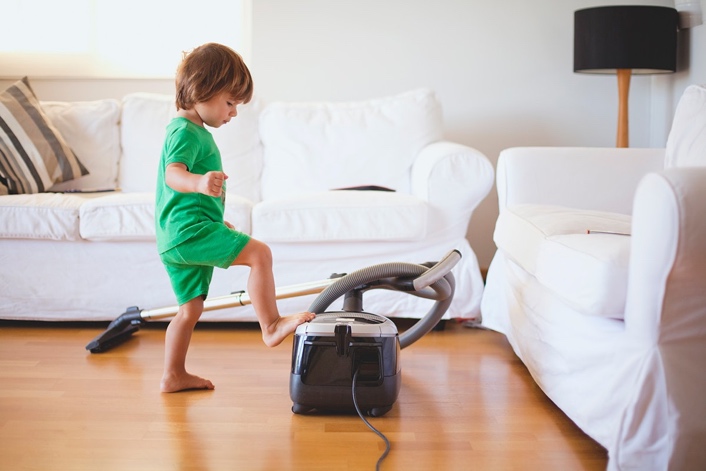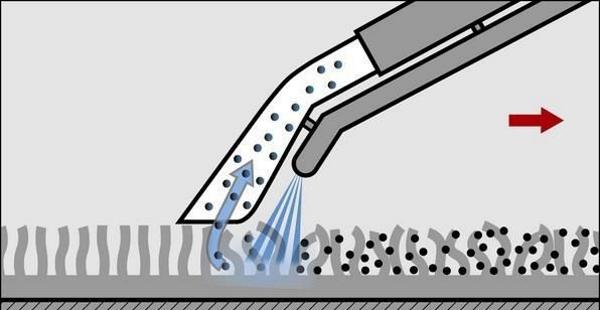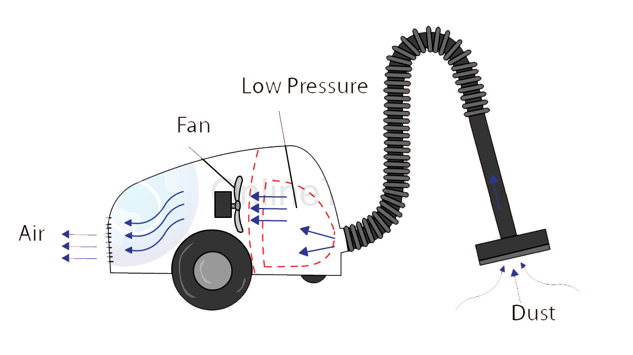Every person in their home has more than one dozen household items, which greatly simplify life. People no longer have to wash their laundry in the pond, sweep the dust, or spend much time washing the dishes every day, because for each of these tasks was invented a device that saves energy and time of consumers. However, few people think about how these devices work, although this is beneficial information in terms of future repairs or choosing better characteristics when buying new ones. This essay will show in detail how the vacuum cleaner works and how the device’s specific characteristics affect the result.

First of all, it should be noted that the standard set of vacuum cleaners has no complex mechanism of action. The principle of operation of the device directly depends on the task to be solved. While the classic vacuum cleaner is designed for light suction of dust particles from the floor surface, more high-tech forms are modified by built-in detergents for wet cleaning or have design that allows for cleaning even hard-to-reach areas.
Regardless of the type, the mechanics of the vacuum cleaners is that while the engine is running, traction is created in the device, by which garbage, dust and dirt particles are sucked through a long plastic or metal pipe. In order to expand the application’s scope, manufacturers complete the devices with different nozzles that allow cleaning of carpets, furniture, wall corners, and electronics. Often, the end of the air tube is modified by hoses, which provides dispersed water under pressure (Fig. 2). This effect allows for improved cleaning of longwall surfaces by knocking out dust particles with water jets.

At this stage, the work does not stop, because the dust and dirt in the pipe must eventually get somewhere. For this purpose, a cloth bag is placed in the plastic’s main body of the vacuum cleaner, the only hole connected to the beginning of the air pipe (Fig. 3). In this way, suctioned particles of dust, debris, and dirt are directly deposited in the bag, which can be replaced when filled.

In the case of the vacuum cleaner body, it should be noted that it circulates dust and mud air flows, which can get out of an airtight shell. Ultimately, this will lead to a situation where the time spent on cleaning will be wasted, as most of the dust will again settle on the surfaces. Moreover, such a situation is hazardous, as dusty air, penetrating through the respiratory tract of humans and pets, will settle on the lungs, causing serious illness.
To prevent this situation, air filtration is used in vacuum cleaners. In cheaper versions, a membrane acts as a filter, protecting the outlet openings from dust. This is not the most effective way to clean the air since the membrane gets dirty quite quickly and needs to be replaced. More expensive versions of vacuum cleaners can be equipped with water filters, in which under the influence of whirlwind flows of water, dirt and dust settles at the bottom of the removable filter.
In conclusion, it should be noted that a modern manufacturer gives the consumer a vast selection of different forms of vacuum cleaners, but most are based on the described mechanism of low pressure, which stimulates the suction. A vacuum cleaner has a unique operating principle because it combines both dust extraction and storage with air purification. In other words, the standard equipment is a multifunctional device. Understanding the vacuum cleaner’s mechanism allows users to perform cleaning or repair, as well as be more attentive and demanding when buying a new device.
Sources
- How Do Vacuum Cleaners Work? 2017. Web.
- Port, Jake. 2017. How Do Vacuum Cleaners Work? Web.
- Spray Extraction Device Seg. 2017. Web.